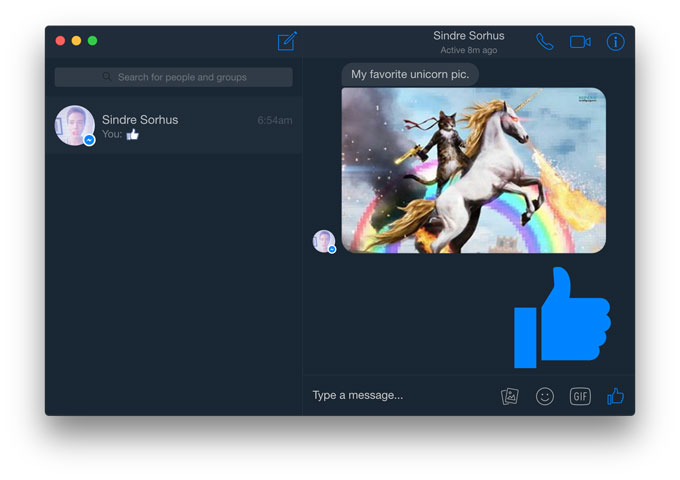
Goats are among the earliest animals domesticated by humans. Main article: Evolution of domestic goats Horn cores from the Neolithic village of Atlit Yam While the words hircine and caprine both refer to anything having a goat-like quality, hircine is used most often to emphasize the distinct smell of domestic goats. įemale goats are referred to as does or nannies, intact males are called bucks or billies, and juvenile goats of both sexes are called kids. Nanny goat (females) originated in the 18th century, and billy goat (for males) originated in the 19th century. Dutch/ Frisian bok and giving modern buck) until ousted by hegote, hegoote in the late 12th century.

To refer to the male goat, Old English used bucca (cf. Dutch/ Frisian/ Icelandic/ Norwegian geit, German Geiß, and Gothic gaits), ultimately from Proto-Indo-European *ǵʰaidos meaning "young goat" (cf. The Modern English word goat comes from Old English gāt "she-goat, goat in general", which in turn derives from Proto-Germanic * gaitaz (cf. In 2011, there were more than 924 million goats living in the world, according to the UN Food and Agriculture Organization. Milk from goats is often turned into goat cheese. Goats have been used for milk, meat, fur, and skins across much of the world. Goat-herding is an ancient tradition that is still important in places such as Egypt. It is one of the oldest domesticated species of animal, according to archaeological evidence that its earliest domestication occurred in Iran at 10,000 calibrated calendar years ago. There are over 300 distinct breeds of goat. The goat is a member of the animal family Bovidae and the tribe Caprini, meaning it is closely related to the sheep. aegagrus) of Southwest Asia and Eastern Europe. It was domesticated from the wild goat ( C.


The goat or domestic goat ( Capra hircus) is a domesticated species of goat-antelope typically kept as livestock.


 0 kommentar(er)
0 kommentar(er)
